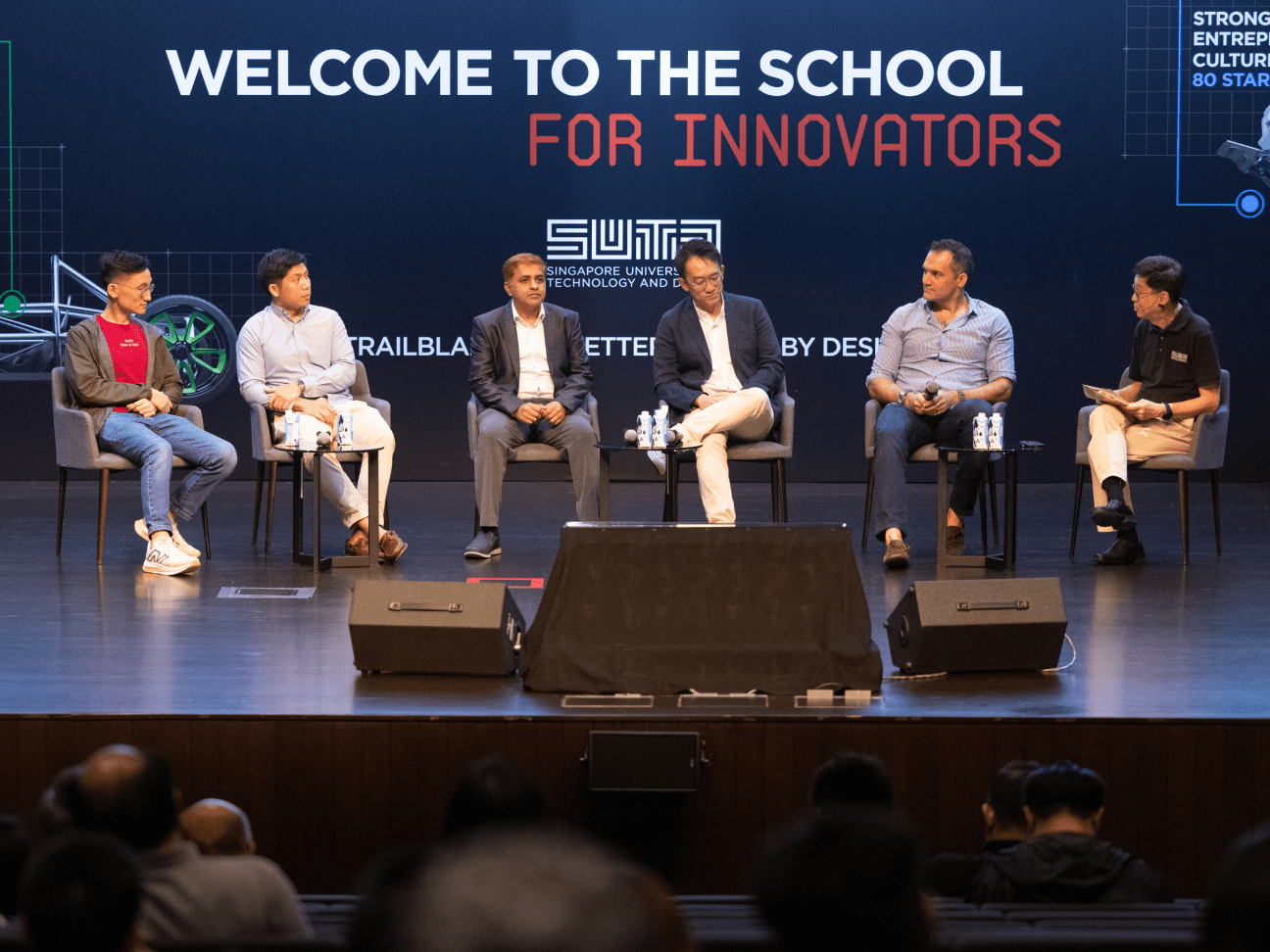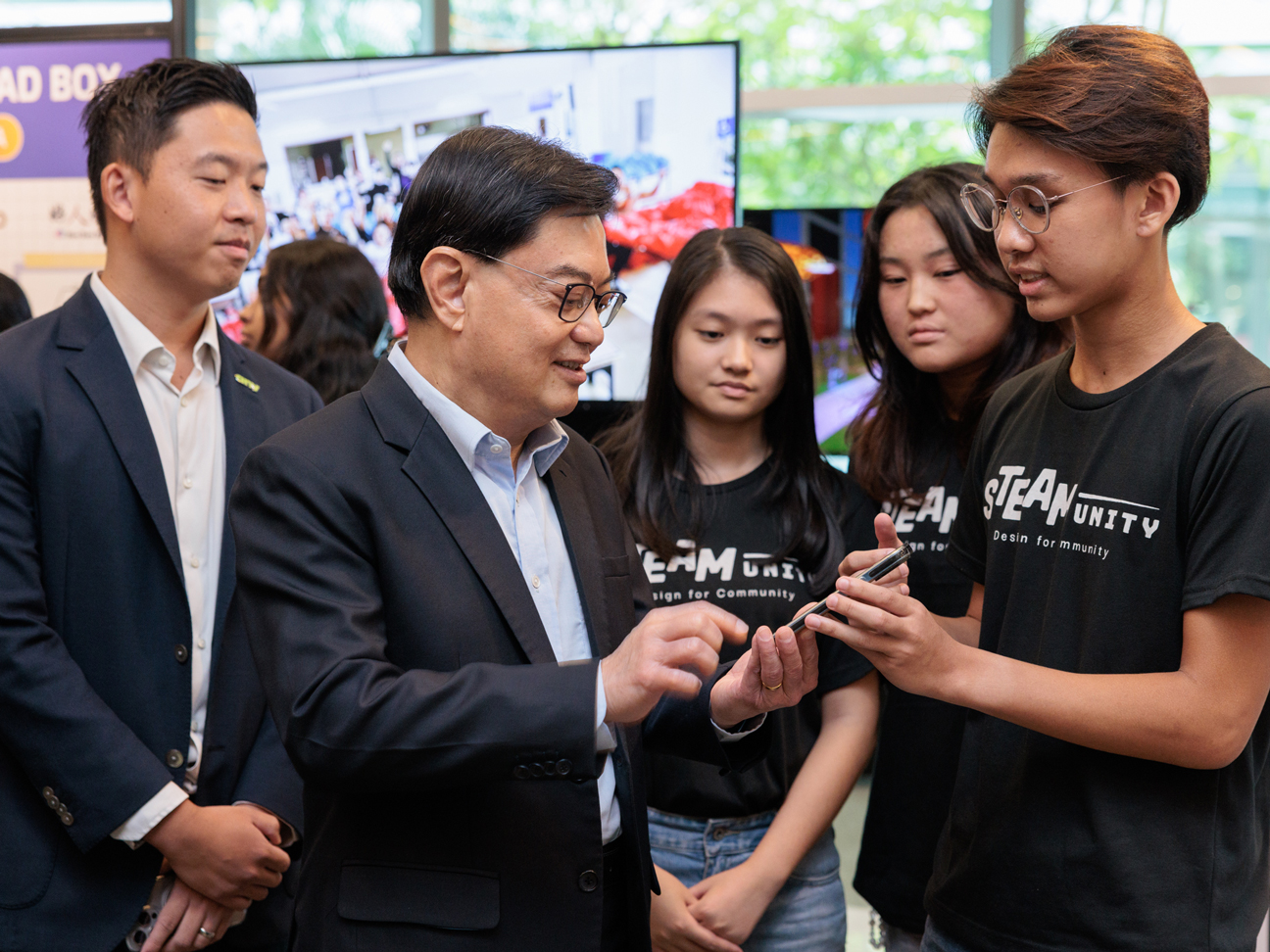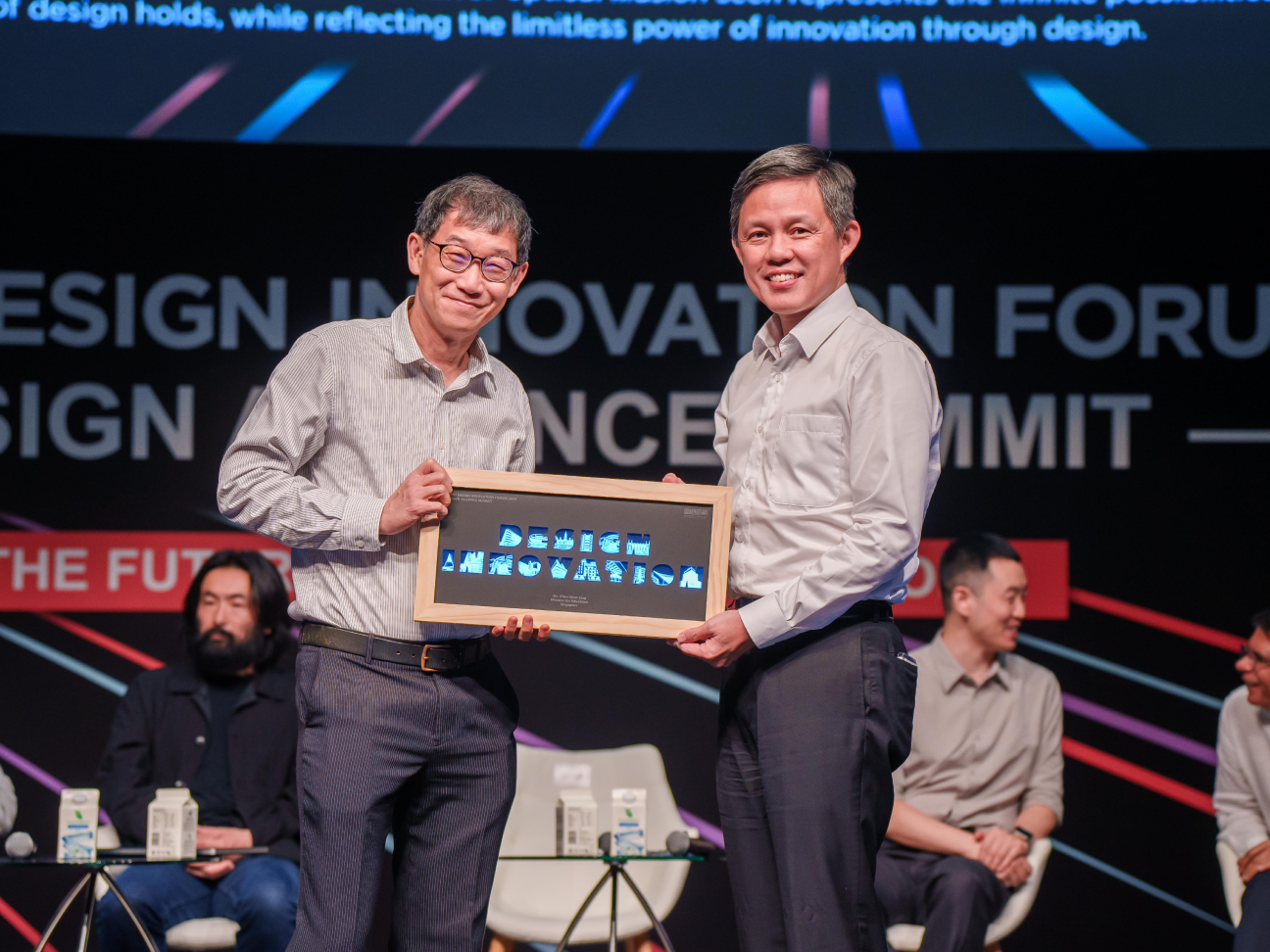Research news
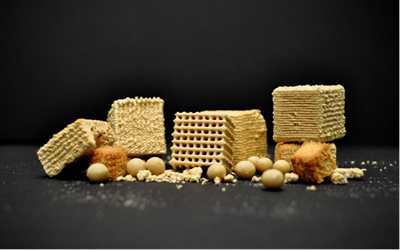
SUTD researchers developed simple method to upcycle okara using 3D printing
Okara, a soybean byproduct, can now be 3D printed without any additives, boosting food sustainability efforts.

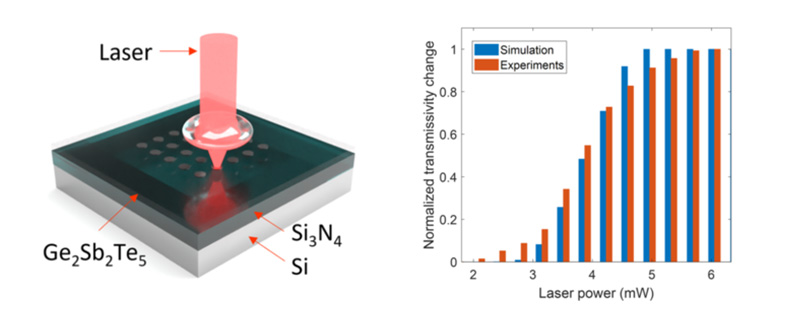
Advancing photonics materials with cellular automation
Researchers are applying cellular automation to efficiently model phase change materials with multiple optical phases for next-generation photonics devices.


Sparking new insights into dye chemistry
The SUTD-led study leverages systematic design and molecular engineering to develop brighter, more sensitive fluorophores used in detection probes and imaging labels.


Carbon labelling can potentially encourage eco-friendly E-commerce
SUTD researchers have found that adding carbon emissions labels in e-commerce shopping websites may influence online shoppers to choose more sustainable shipping options.


Using Quantum Parrondo’s Random Walks for Encryption
SUTD has set out to apply concepts from quantum Parrondo’s paradox in search of a working protocol for semiclassical encryption.

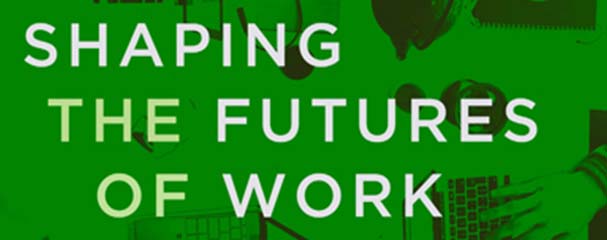
Are tech-savvy millennials safe from technological disruptions in their careers?
A unique exploration of millennials’ vulnerabilities to work disruptions and how we can create better career futures.

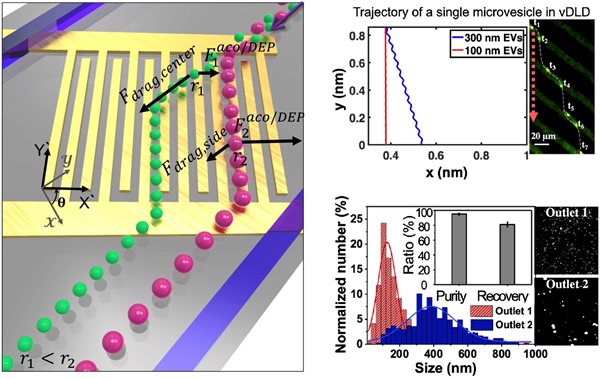
Precise acousto-electric sorting of submicron cell-secreted extracellular vesicles
The novel acousto-electric sorting technology by SUTD provides a promising solution for segmenting extracellular vesicles subtypes by generating simultaneous acoustic and electric force fields, providing a fundamental tool for clinical research.


SUTD researchers designed an ultralow power artificial synapse for next-generation AI systems
SUTD introduced a nanoscale deposit-only-metal-electrode fabrication process for artificial synapse for the first time.


Resolving the where and when of social media events
An algorithm that detects events occurring across different time and geographical scales on social media could enable a more timely response to emerging events.


How robots can tell how clean is ‘clean’
By giving the touch-and-inspect method a smart update, SUTD researchers have designed a sensor for autonomous cleaning robots that can quantify the cleanliness of a given area.


